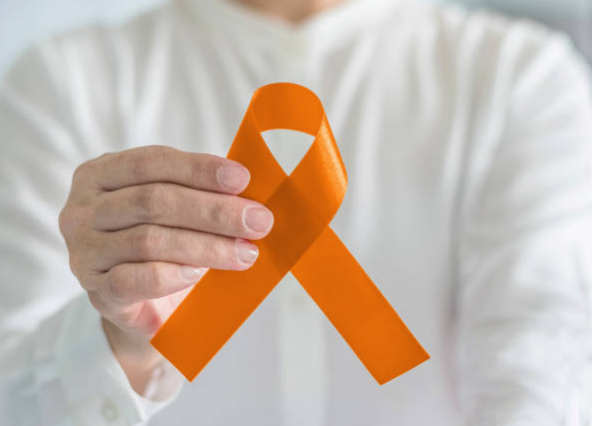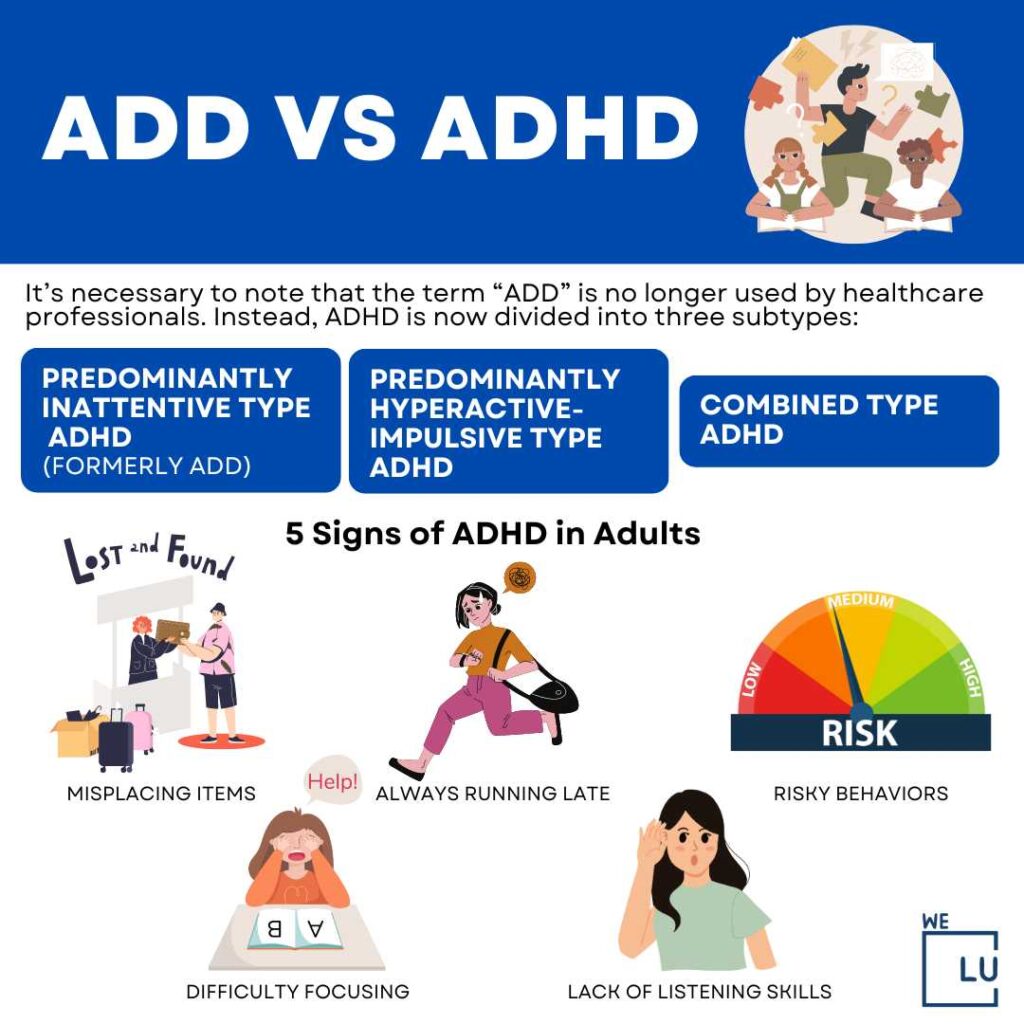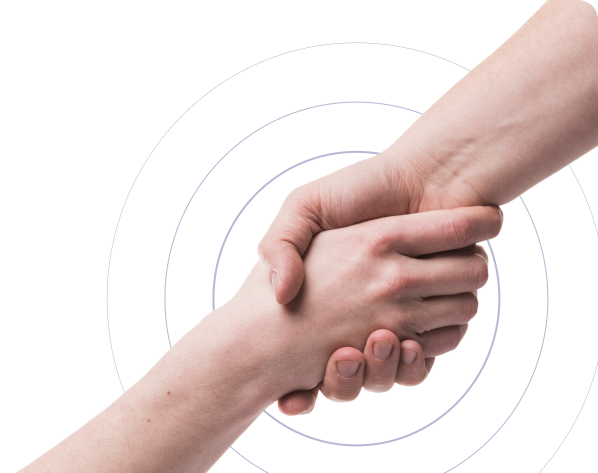ADHD Awareness Month
ADHD Awareness Month, observed annually in October, provides an invaluable opportunity to bring attention to one of the most prevalent neurodevelopmental disorders. Attention-deficit/hyperactivity disorder (ADHD) is a complex condition that impacts millions of individuals worldwide, with far-reaching effects on their daily lives, education, relationships, and overall well-being.
During this dedicated month, organizations, healthcare professionals, advocates, and communities come together to increase understanding, challenge misconceptions, and promote support for those with ADHD. It is a time to raise awareness, share knowledge, and foster compassion for individuals with ADHD and their families and caregivers.
This article aims to delve into the significance of ADHD Awareness Month and the critical importance of addressing this condition in our society. By exploring the challenges individuals face with ADHD, highlighting the latest research, and highlighting the impact on various aspects of life, we hope to create a greater understanding of the condition and the necessity for increased support and resources.
ADHD Awareness Ribbon
The ADHD Awareness Ribbon is a powerful symbol representing the collective effort to raise awareness and understanding of ADHD. Typically adorned in vibrant orange, the ribbon signifies solidarity, support, and compassion for individuals affected by ADHD. By wearing or displaying the ribbon, advocates, and allies express their commitment to promoting awareness, education, and acceptance of this neurodevelopmental condition.
The ribbon serves as a reminder to engage in open dialogue, challenge stigmas, and create a more inclusive society that recognizes the unique strengths and challenges of individuals with ADHD. It visualizes the ongoing movement to empower those with ADHD, advocating for improved resources, access to proper diagnosis and treatment, and fostering an environment that encourages their success and well-being.


Skip To:
Learn More:
- Is ADHD Genetic? What You Should Know
- Is ADHD a Mental Illness? Revealing The Truth About ADHD
- 8 Ways to Overcome ADHD Paralysis, Symptoms, and Risks
- ADHD and Anxiety, Symptoms, Connections & Coping Mechanisms
- Attention-Deficit Hyperactivity Disorder (ADHD), Signs, Symptoms, Causes, Types & Treatments
ADHD Fact Sheet
Prevalence: ADHD is one of the most common neurodevelopmental disorders, affecting approximately 5-10% of children and 2-5% of adults worldwide. It is more commonly diagnosed in males than females.
Core Symptoms: The core symptoms of ADHD include inattention, hyperactivity, and impulsivity. Individuals with ADHD may have difficulty sustaining attention, organizing tasks, following instructions, sitting still, and controlling impulses.
ADHD is categorized into three subtypes:
a. Predominantly Inattentive Presentation: Primarily characterized by difficulties with attention and organization.
b. Predominantly Hyperactive-Impulsive Presentation: Primarily characterized by hyperactivity and impulsivity.
c. Combined Presentation: Displays symptoms of both inattention and hyperactivity-impulsivity.
Diagnosis of ADHD: This involves a comprehensive evaluation, including interviews with the individual, parents (for children), and teachers or other relevant observers. The Diagnostic and Statistical Manual of Mental Disorders (DSM-5) criteria are commonly used for diagnosis.
Long-Term Outlook: With appropriate diagnosis, treatment, and support, individuals with ADHD can lead fulfilling lives. Early intervention and ongoing management can significantly reduce the impact of symptoms and improve overall functioning.
Co-occurring Conditions: ADHD often coexists with other conditions such as learning disabilities, anxiety disorders, depression, oppositional defiant disorder (ODD), and conduct disorder (CD). These comorbidities can further complicate diagnosis and treatment.
End the Emotional Pain. Get Your Life Back.
Feeling Depressed, Anxious or Struggling with Mental Health Illness? Get Safe Comfortable Mental Health Dual Diagnosis High-Quality Therapy From Counselors That Care. Begin Your Recovery Now.
Hotline: (509) 348-4077

ADHD Statistics
Understanding the statistics surrounding ADHD provides valuable insights into the prevalence, impact, and challenges associated with this neurodevelopmental disorder. ADHD affects individuals of all ages, with symptoms that can significantly impact their daily lives, academic performance, and overall well-being. By examining the statistics, we can gain a deeper understanding of the scope and importance of addressing ADHD in our society.
8.7 Million
In 2019, the number of visits to physician offices with attention deficit disorder as the primary diagnosis was 8.7 million.
Source: NIMH
9.5%
Approximately 9.5% of American adults, ages 18 and over, will suffer from a depressive illness (major depression, bipolar disorder, or dysthymia) each year.
Source: NIMH
70-80%
The heritability of ADHD, estimated to be around 70-80%, further supports the notion that genetic factors play a substantial role in its development.
Source: NIMH
When is ADHD Awareness Month?
ADHD Awareness Month is observed annually in October. Throughout the month, various organizations, advocates, and communities come together to raise awareness about attention-deficit/hyperactivity disorder (ADHD), promote understanding, and advocate for support and resources for individuals with ADHD. It is a dedicated time to educate the public, challenge stigmas, and foster a more inclusive and empathetic environment for those living with ADHD and their families.
Importance of ADHD Awareness
- Reducing Stigma: ADHD is often misunderstood and stigmatized. Raising awareness helps dispel misconceptions and promotes understanding about the nature of ADHD as a neurodevelopmental disorder. By educating the public, we can combat stigma, encourage empathy, and create a more inclusive environment for individuals with ADHD.
- Early Identification and Intervention: Increased awareness leads to early identification of ADHD in children. When parents, teachers, and healthcare professionals are knowledgeable about the signs and symptoms, they can identify ADHD-related challenges early on. Early intervention can help mitigate the impact of ADHD on a child’s academic, social, and emotional development, improving their long-term outcomes.
- Access to Resources and Support: Awareness campaigns can help individuals with ADHD and their families connect with appropriate resources, support networks, and services. Access to evidence-based treatments, therapy, educational accommodations, and community support groups can make a significant difference in managing ADHD-related difficulties and enhancing overall well-being.
- Improved Education and Advocacy: Awareness efforts can lead to better understanding of ADHD within educational systems. Teachers and school administrators who are aware of ADHD’s impact can provide appropriate accommodations and support to help students with ADHD thrive academically and socially. Advocacy for policies that promote ADHD-friendly environments can also result from increased awareness.
- Empowerment and Self-Advocacy: Raising awareness empowers individuals with ADHD to understand and embrace their unique strengths and challenges. It encourages self-advocacy, fostering a sense of belonging and resilience. By promoting self-awareness and self-acceptance, individuals with ADHD can advocate for their needs, access appropriate support, and reach their full potential.
- Family and Community Support: Increased awareness helps families, friends, and communities better understand and support individuals with ADHD. It encourages empathy, patience, and acceptance, leading to stronger support systems that promote the well-being and success of those with ADHD.
By raising awareness about ADHD, we can create a more inclusive and supportive society that recognizes and values the diverse strengths and challenges associated with this neurodevelopmental condition. It is through understanding, acceptance, and advocacy that we can help individuals with ADHD thrive and lead fulfilling lives.
Get Help. Get Better. Get Your Life Back.
Searching for Accredited Dual Diagnosis Mental Health Centers Near You?
Even if therapy failed previously, or are in the middle of a difficult crisis, we stand ready to support you. Our trusted behavioral health specialists will not give up on you. When you feel ready or just want someone to speak to about counseling alternatives to change your life call us. Even if we cannot assist you, we will lead you to wherever you can get support. There is no obligation. Call our hotline today.
FREE 24/7 Dual Diagnosis Mental Health Services HotlineADHD Awareness Symbol
The ADHD awareness symbol commonly used to represent ADHD awareness is a variation of the ADHD logo. The symbol consists of a three-dimensional brain with puzzle pieces coming together to form the brain shape. The puzzle pieces represent the complexity and diversity of ADHD, highlighting that each individual with ADHD is unique and may experience the condition differently. The symbol aims to raise ADHD awareness, spark conversations, and promote understanding about ADHD in order to reduce stigma and provide support to those affected by the condition. It serves as a visual reminder that ADHD is a valid and important topic of discussion, and that individuals with ADHD deserve understanding, acceptance, and appropriate resources for their well-being and success.
First-class Facilities & Amenities
World-class High-Quality Mental Health Services & Behaviroal Health Substance Abuse Treatment
Rehab Centers TourRenowned Mental Health Centers. Serene Private Facilities. Inpatient Rehab Programs Vary.
Mental Health Helpline: (509) 348-4077Proven recovery success experience, backed by a Team w/ History of:
15+
Years of Unified Experience
100s
5-Star Reviews Across Our Centers
10K
Recovery Success Stories Across Our Network
- Low Patient to Therapist Ratio
- Comprehensive Dual-Diagnosis Treatment
- Complimentary Family & Alumni Programs
- Coaching, Recovery & Development Events
- Comfortable Onsite Medical Detox Center
ADHD Spatial Awareness
During ADHD Awareness Month, it is important to highlight not only the cognitive and behavioral aspects of ADHD but also the impact it can have on spatial awareness. As we come together to raise awareness and understanding of ADHD, it is crucial to recognize that spatial awareness challenges are a significant part of the condition for many individuals.
ADHD Awareness Month serves as an opportunity to educate and inform others about the unique struggles individuals with ADHD face when it comes to perceiving and navigating physical space. By shedding light on these challenges and promoting inclusive environments that accommodate varying levels of spatial awareness, we can create a more supportive and understanding society for individuals with ADHD.
ADHD spatial awareness refers to the ability to perceive and understand spatial relationships, including one’s own body in relation to the surrounding environment. Spatial awareness plays a crucial role in everyday activities such as navigating through space, coordinating movements, and understanding the physical layout of objects and spaces.
In individuals with ADHD, spatial awareness challenges can manifest in various ways. Difficulties may arise in tasks that require coordination, balance, and motor skills, leading to clumsiness or a higher risk of accidents. Spatial disorientation or getting easily lost in familiar surroundings may also be common. Additionally, individuals with ADHD may struggle with organizing their physical environment, such as keeping their personal space tidy or misplacing objects frequently.
World-class, Accredited, 5-Star Reviewed, Effective Mental Health Dual Diagnosis Programs. Complete Integrated Inpatient Rehab with Free Post Discharge Therapy Planning.
Hotline: (509) 348-4077End the Emotional Pain Rollercoaster. Gain Stability & Happiness Through Recovery Treatment. Start Mental Health Counseling Today. Get Free No-obligation Guidance by Behaviroal Health Specialists Who Understand Mental Health Recovery.
Popular ADHD Awareness Month FAQs
-
What is the color for ADHD awareness?
The color commonly associated with ADHD awareness is orange. The vibrant shade of orange is used to symbolize the energy, creativity, and potential of individuals with ADHD.
It represents the call to action to raise awareness, promote understanding, and support those affected by ADHD. The color orange is often used in awareness campaigns, ribbons, and other materials to represent ADHD visually and show solidarity with individuals with the condition. -
When is ADHD awareness day?
ADHD Awareness Day, or ADHD Awareness Week, has no fixed or universally recognized date. Organizations and communities may choose different days or weeks to observe and raise awareness about ADHD. It is common for ADHD Awareness Day or Week to occur within October, recognized as ADHD Awareness Month. However, specific dates may vary yearly and across different regions or countries. It is advisable to stay updated with local ADHD advocacy groups, healthcare organizations, or national calendars to determine the specific date of ADHD Awareness Day or Week in your area.
Watch How to Improve Mental Health? 8 Steps & Tips for Maintaining Your Mental Wellbeing. Find Top Mental Health Tips & Anxiety Tips Advice from a Therapist.
Experience Transformative Recovery at the We Level Up Treatment Center.
See our authentic success stories. Get inspired.
Get the help you deserve.



Start a New Life
Begin with a free call to a behavioral health treatment advisor. Learn more about our dual-diagnosis programs. The We Level Up treatment center network delivers recovery programs that vary by each treatment facility. Call to learn more.
- Personalized Care
- Caring Accountable Staff
- World-class Amenities
- Licensed & Accredited
- Renowned w/ 5-Star Reviews
We’ll Call You
Search We Level Up WA Mental Health ADHD Awareness Month Topics & Resources
Sources
[1] What is ADHD? | CDC Examining ADD vs ADHD Learn More: ADHD Awareness Month
[2] NIMH » Mental Illness (nih.gov) ADD vs ADHD Review Learn More: ADHD Awareness Month
[3] NIMH » Attention-Deficit/Hyperactivity Disorder (ADHD) (nih.gov) Learn More: ADHD Awareness Month
[4] Attention Deficit Hyperactivity Disorder – StatPearls – NCBI Bookshelf (nih.gov) ADD vs ADHD Adults Review. Learn More: ADHD Awareness Month
[5] ADHD: Reviewing the Causes and Evaluating Solutions – PMC (nih.gov) ADD vs ADHD in Adults Causes. Learn More: ADHD Awareness Month
[6] What is mental health? Evidence towards a new definition from a mixed methods multidisciplinary, international survey – PMC (nih.gov) ADD vs ADHD Symptoms Learn More: ADHD Awareness Month
[7] COMMON MENTAL HEALTH DISORDERS – Common Mental Health Disorders – NCBI Bookshelf (nih.gov) ADD vs ADHD in Female Adults Learn More: ADHD Awareness Month
[8] About Mental Health (cdc.gov) Learn More: ADHD Awareness Month
[9] Information about Mental Illness and the Brain – NIH Curriculum Supplement Series – NCBI Bookshelf Learn More: ADHD Awareness Month
[10] Effective Mood And Personality Disorder Treatment (welevelupnj.com) Learn More: ADHD Awareness Month